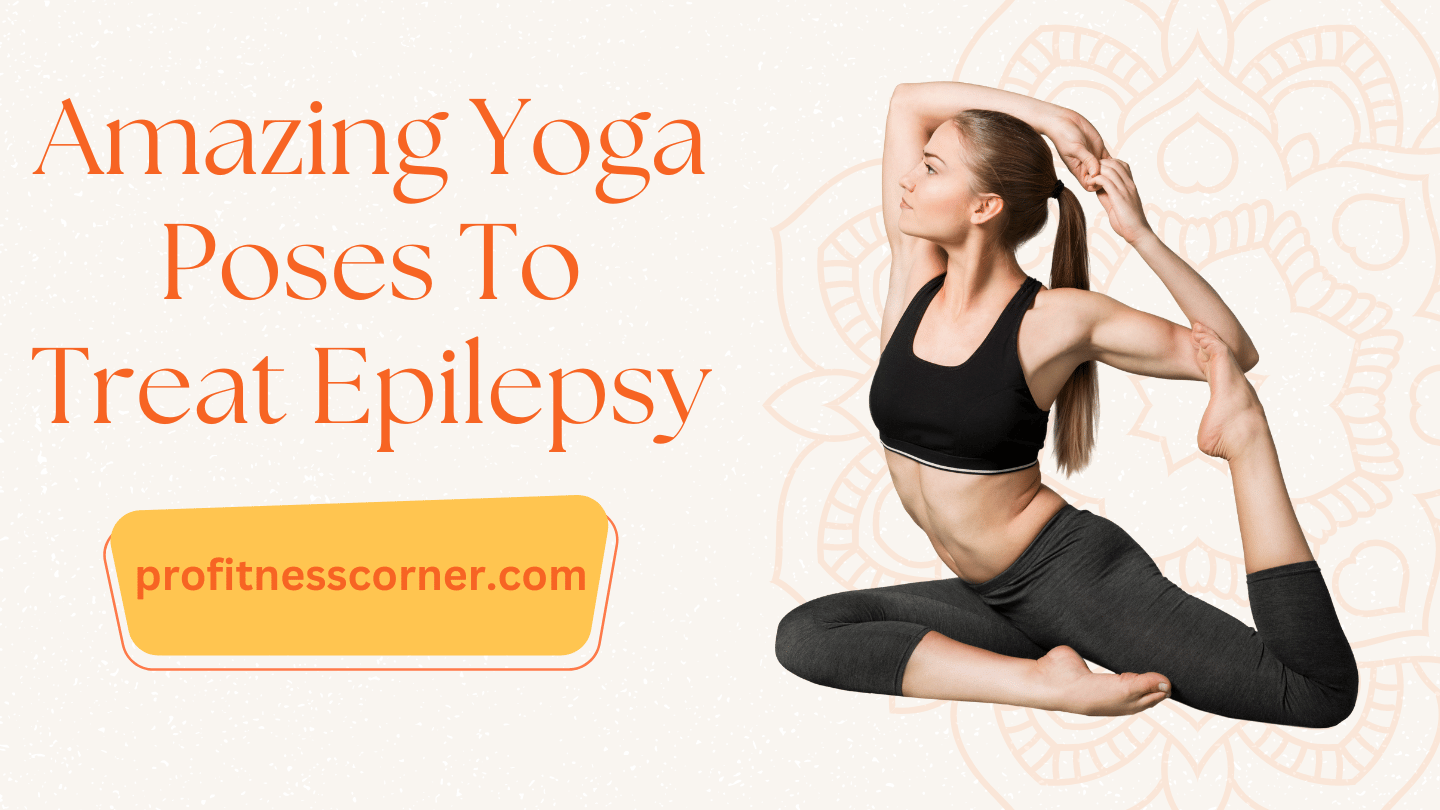Epileptic seizures are a nightmare! You don't know when, where, or how they happen. A simple solution is required, and yoga is the most effective method for treating epilepsy.
How? Yoga balances your body and mind, allowing you to better control your epileptic bouts and reduce the frequency of them. Amazing, right?
Yes, it is the finest choice available, and here are seven yoga positions to cure epilepsy that you should attempt. Check them out below.
What is Epilepsy?
Epilepsy is a disorder that causes repeated and spontaneous seizures. It affects sixty-five million individuals worldwide.
The seizure might be short or prolonged, ranging from mild loss of consciousness to severe shaking. It may sometimes cause bodily harm. Seizures may cause a person to fall and lose consciousness of their environment.
These seizures occur as a result of aberrant neuronal activity in your brain, which means that your brain's cells become hyperactive.
Let's find out how yoga may assist with epilepsy.
Recommeded to read:
- 10 KEY TIPS FOR CREATING A SUCCESSFUL YOGA LIFESTYLE.
- A BEGINNER'S 10-MINUTE MORNING YOGA ROUTINE.
- BEGINNING YOGA POSITIONS FOR STRENGTH, FLEXIBILITY, AND FOCUS.
- DIFFERENCES BETWEEN HATHA AND VINYASA YOGA.
Yoga for Epilepsy Treatment.
- Yoga helps you acquire control of your body, allowing you to better manage a seizure without it being too severe.
- Yoga postures assist to expand your neurons and oxygenate your brain. They quiet your brain cells and keep them from becoming stimulated.
- Standing asanas, forward bends, backbends, and inverted positions are most effective for soothing the nervous system.
- Yoga teaches you to achieve internal equilibrium, which slows down stimulation. It provides profound relaxation, helping the body to mend and rebuild itself.
Yoga Poses for Epilepsy
The next positions focus on your head, allowing you to quiet down and relax.
Yoga poses include Uttanasana, Matsyasana, Kapotasana, Pavanamuktasana, Halasana, and Salamba. Sirsasana Savasana
1. Uttanasana (Standing Forward Bend).
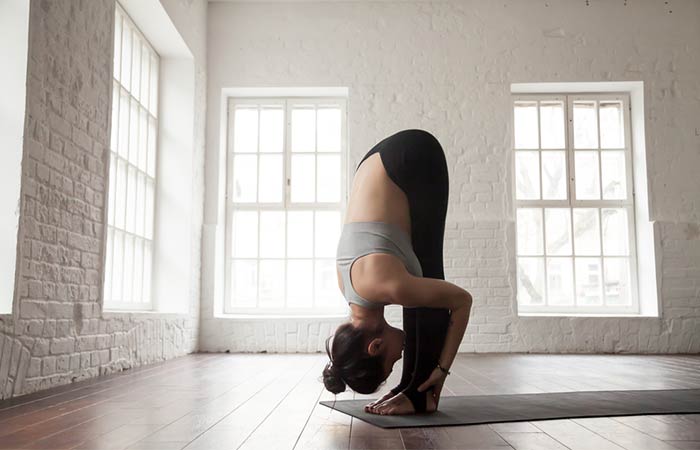
The Standing Forward Bend, also known as Uttanasana, is a strong stretching position with the head lowered below the knees. This is an intermediate Hatha yoga asana. Practice it in the morning on an empty stomach or in the evening after 4 to 6 hours since your last meal. Hold the asana for 15-30 seconds.
Benefits: Uttanasana stretches the hips and calves. It strengthens your spine while keeping it flexible. It calms your nerves and relieves tension. The asana also relieves headaches and sleeplessness.
2. Matsyasana (Fish pose)
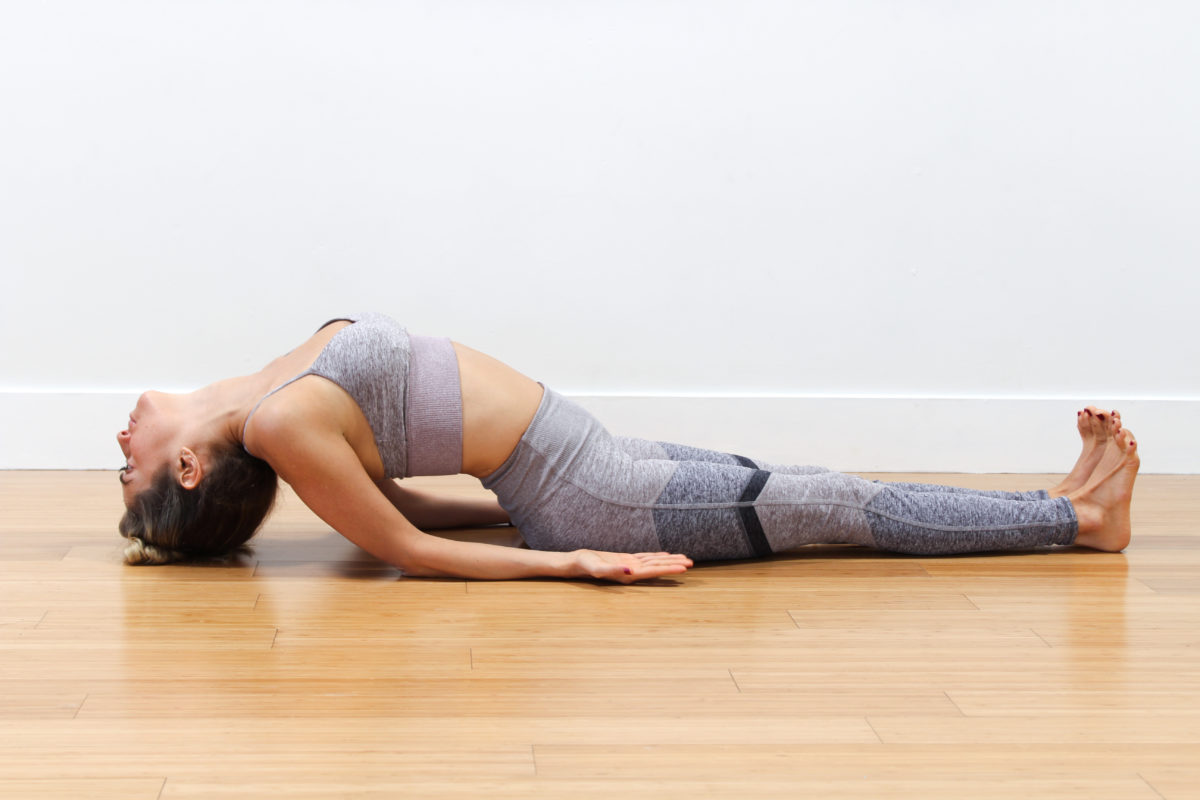
Matsyasana, also known as the Fish Pose, resembles Lord Vishnu's Matsya avatar. This is a basic Hatha yoga asana. Practice it with an empty stomach and clear intestines in the morning or evening. Hold the asana for 30-60 seconds.
Matsyasana stretches the ribs, stomach, and neck muscles. It reduces stress in your neck and shoulders while strengthening your upper back.
To learn more about the position and its method, please go here:Matsyasana
3. Kapotasana (Pigeon pose)
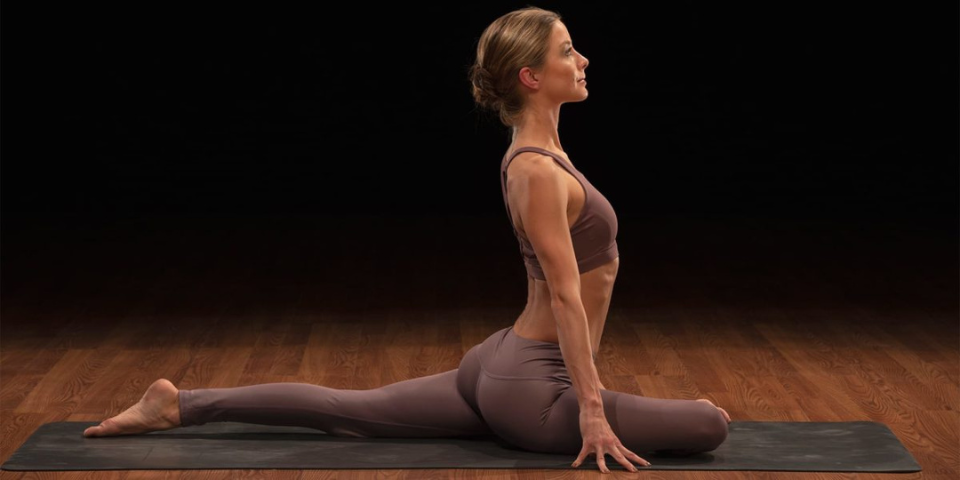
Kapotasana, often known as the Pigeon Pose, provides an excellent stretch. The asana is called because its posture and elegance, which are similar to those of pigeons. This is a beginner-level Ashtanga yoga asana. Practice it in the morning on an empty stomach for approximately a minute.
Benefits: Kapotasana helps reduce back discomfort and extend neck, chest, and shoulder muscles. It also helps to strengthen your core and correct your spine. The asana reduces anxiety and tension.
4. Pavanamuktasana (Wind Relieving Pose)
The Wind-Relieving Pose, also known as Pavanamuktasana, is a yoga pose that helps eliminate intestinal gasses from the stomach. This is a basic Vinyasa yoga asana. Practice it first thing in the morning, on an empty stomach and with clear bowels. Hold the asana for 10-60 seconds.
Benefits: Pavanamuktasana relieves acidity and constipation, activates nerves, and promotes blood circulation. It removes toxins from your body and promotes mental clarity.
To learn more about the position and its method, please go here:Pavanamuktasana
Read also:
- THREE WAYS TO MEDITATE FOR BETTER SLEEP
- WHAT IS THE FINEST KIND OF MEDITATION?
- HOW TO PRACTICE MINDFULNESS MEDITATION.
- TOP 5 MEDITATION TECHNIQUES FOR BEGINNERS TO LEARN.
5. Halasana (Plow pose)
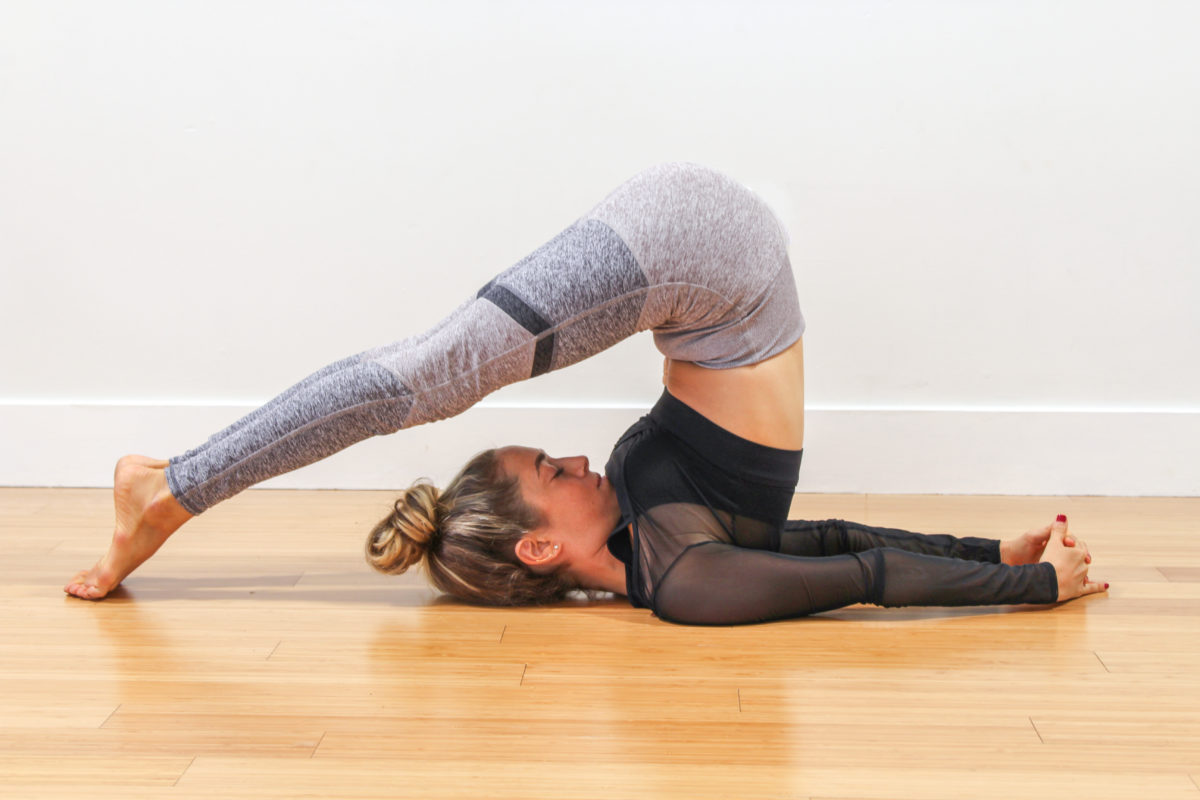
Halasana, also known as the Plow Pose, is called from its resemblance to a plow often employed in Asian farming. This is a basic Hatha yoga asana. Practice it in the morning with an empty stomach and clean intestines. Hold the posture for 30-60 seconds.
Benefits: Halasana promotes spinal cord strength and flexibility. It lowers stress and regulates excessive blood pressure. This position relaxes the nervous system and boosts immunity.
6. Salamba Sirsasana (Headstand)

About the Pose:Salamba Sirsasana, also known as the Headstand, is a yoga pose that requires you to completely invert your body and hold it with your head and forearms. It is considered the king of all asanas and is a Vinyasa yoga asana for higher levels. Practice it in the morning with an empty stomach and clean intestines. Hold the asana for 1–5 minutes.
Benefits: Salamba Sirsasana promotes brain relaxation and is effective for treating insomnia. It strengthens your arms, legs, back, and lungs. It permits pure blood to enter your brain cells. The stance calms your thoughts and improves its clarity.

